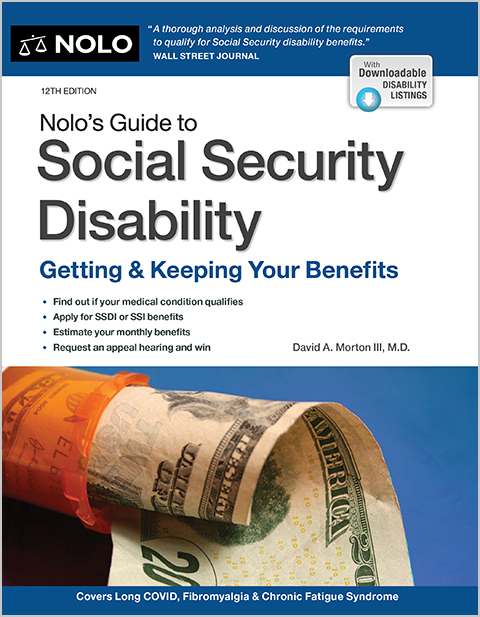Medicare and Medicaid differences explained. Find out what Medicare and Medicaid cover and the costs for each program.
Medicare and Medicaid are very different programs. Medicare was created to deal with the high medical costs that older citizens face relative to the rest of the population—which is especially troublesome given their reduced earning power. (Later, people with disabilities who receive Social Security disability benefits were allowed to go on Medicare.)
Eligibility for Medicare isn't tied to individual need. Instead, it's an "entitlement program." You're entitled to it because you or your spouse paid for it through payroll taxes (or self-employment taxes). Most people eligible for Social Security retirement benefits are eligible for Medicare when they turn 65.
Medicaid is a federal program for low-income people without health care insurance, set up by the federal government and administered differently in each state. (For instance, Medicaid is called Medi-Cal in California and MassHealth in Massachusetts.) States have different income and asset limits for Medicaid eligibility. Medicaid is not a part of Medicare.
Although you can qualify for and receive coverage from both Medicare and Medicaid, you have to meet separate eligibility requirements for each program. Being eligible for one program doesn't mean you're eligible for the other. But if you qualify for both, your state's Medicaid program may pay your Medicare premiums or deductibles. (More on this below.)
Not all doctors take Medicare or Medicaid patients, but substantially more doctors accept Medicare than Medicaid. The information below provides the basics of each program.
Medicare Explained
- Who Is Eligible: Medicare covers almost everyone 65 or older, people on Social Security disability (eventually), and some people with permanent kidney failure (ESRD).
- Who Administers the Program: Medicare is a federal program whose rules are the same all over the country. Medicare information is available at your local Social Security office.
- Coverage Provided:
- Medicare hospital insurance (Part A) provides basic coverage for hospital stays and posthospital nursing facility and home health care.
- Medicare medical insurance (Part B) pays most basic doctor and laboratory costs, and some outpatient medical services, including medical equipment and supplies, home health care, and physical therapy. (See our article on services not covered by Medicare Part B.)
- Medicare prescription drug coverage (Part D) pays some of the costs of prescription medications.
- Medicare Advantage (Part C) combines Parts A and B, and often Part D, into a managed care plan.
- Costs to Consumer: You must pay a yearly deductible for both Medicare Part A and Part B and make hefty copayments for extended hospital stays. Under Part B, you must pay the 20% of doctors' bills Medicare does not pay, and sometimes up to 15% more. Part B also charges a monthly premium. Under Part D, you pay a monthly premium, a deductible, copayments, and some prescription drug costs, unless you qualify for a low-income subsidy. If you sign up for a Medicare Advantage plan (Part C), your copays for doctor visits and other expenses are likely to be greatly reduced.
Medicaid Explained
- Who Is Eligible: Medicaid covers low-income and financially needy people, including those over 65 who are also on Medicare and those receiving disability benefits through the SSI program.
- Who Administers the Program: Medicaid is administered by the 50 states; eligibility rules differ in each state. Medicaid information is available at your local county social services, welfare, or department of human services office.
- Coverage Provided: Medicaid provides comprehensive inpatient and outpatient health care coverage, doctors' visits, and lab work, as well as many services and costs that Medicare doesn't cover, such as prescription drugs, preventive care, and eyeglasses. The amount of coverage varies from state to state.
- Costs to Consumer: In most states, Medicaid charges consumers small amounts for certain services. Most state Medicaid programs do not have deductibles. In some states, Medicaid will withhold coverage until an individual has incurred a certain amount of medical expenses (like a deductible). Typically, only states with medically needy programs (or 209(b) states like Missouri and Ohio) have Medicaid deductibles. In some of these states, the deductible, or "spend-down" amount, has to be met every six months, while other states establish eligibility on a monthly basis.
Does Medicaid Pay for Medicare?
Each state has several Medicare Savings Programs for people who qualify for Medicare (due to age or disability) but have low assets and low income. If you qualify for a savings program, your state's Medicaid program will pay for either just your Medicare premiums (if your income is somewhat above the federal poverty level) or for your Medicare deductibles, premiums, and/or copayments (if your income is at or close to the poverty level).
To learn more about Medicare, Medicaid, and other health care options in your retirement years, you may find it helpful to read Social Security, Medicare, and Government Pensions, by Joseph Matthews (Nolo).


